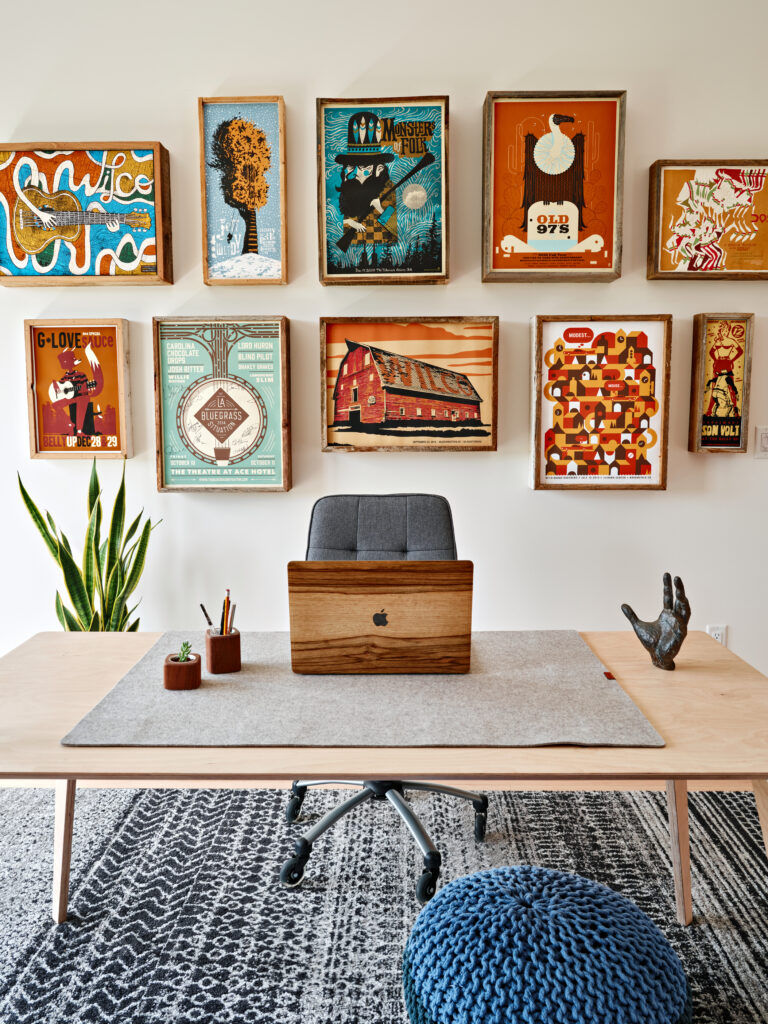


Summer is over in Southwest Florida. At least for the kids! It’s BACK TO SCHOOL time for most students, whether they go to one of the many public or private schools in the area, or continue their education virtually.
Yes, the educational options are plenty and the ways schools teach have changed too. As schools increasingly adopt technology-based learning and encourage collaborative teaching models, this also has an impact on how Families design their homes.
Homes with growing families need to be designed to accommodate this shift, with spaces that are conducive to learning and creativity.
One of the most important aspects of home design for children is creating a space that is conducive to play. Play is essential for children’s development, and it can also help them learn. A well-designed play space should be safe, stimulating, and encourage children to use their imaginations. It should also be flexible enough to accommodate different types of play, such as active play, quiet play, and social play.
In addition to play spaces, homes also need to have designated spaces for learning. This could include a dedicated home office, a library, or a learning nook. These spaces should be well-lit and comfortable, with plenty of storage for books, supplies, and technology.
The home environment can have a significant impact on children’s well-being and their success in school. Studies have shown that children who live in chaotic or stressful homes are more likely to have behavioral problems and difficulty in school. Conversely, children who live in homes that are calm and supportive are more likely to be happy, healthy, and successful in school.
In addition to creating a calm and orderly environment, it is also important to provide children with opportunities for physical activity and social interaction. These activities can help children to release stress, build confidence, and develop important social skills.
Finally, it is important to create a home environment that is stimulating and intellectually challenging. This means providing children with access to books, toys, and other learning materials. It is also important to encourage children to explore their interests and to ask questions but equally important is the idea to design with ‘Change’ in mind. Kids grow and so do their needs.
Kids are hard on things, so it’s important to choose materials and finishes that can withstand wear and tear. For example, opt for hardwood floors instead of carpet, and choose furniture with sturdy frames and non-toxic finishes.
When designing a kid-friendly home, safety is paramount. This can mean kids proof furniture for little ones but also tech safety features in Smart home designs for older kids.
It’s important to have designated play areas in your home where kids can let loose and be themselves. This could be a playroom, a backyard, or even a corner of the living room. Make sure the space is child-proofed and has plenty of toys and activities to keep kids entertained.
Kids have a lot of stuff, so it’s important to have plenty of storage space in your home. This could include built-in cabinets, drawers, and shelves. Make sure the storage space is accessible to kids so they can learn to put away their own belongings.
As your family grows and changes, you’ll need to be able to adapt your home to meet their needs. This could mean adding a bedroom, converting a playroom into a home office, or even moving to a bigger house. When designing your home, make sure it’s flexible enough to accommodate your family’s changing needs.
When designing a kid-friendly home, it’s important to incorporate your kids’ interests. This could mean painting the walls their favorite colors, displaying their artwork, or even building a fort in the living room. By making your home a reflection of their interests, you’ll help them feel more at home.
– Use bright colors and patterns to create a fun and inviting space for kids.
– Add plenty of natural light to brighten up the space and make it feel more cheerful.
– Choose furniture that is comfortable and durable, and that can withstand a lot of wear and tear.
– Invest in some good quality toys and playthings that will keep kids entertained for hours on end.
– Make sure there is plenty of storage space for toys and other belongings.
– Create a designated play area for kids where they can let loose and be themselves.
– Make the space safe for kids by removing any hazards and installing safety gates.
– Be prepared for messes! Kids will make messes, so it’s important to be prepared with cleaning supplies and a positive attitude.
As these trends continue to evolve, home design will continue to adapt to meet the needs of children and families.
If you have any questions or need help with your next family smart home, reach out to Michaela or Brandt at Hlevel Architecture!
